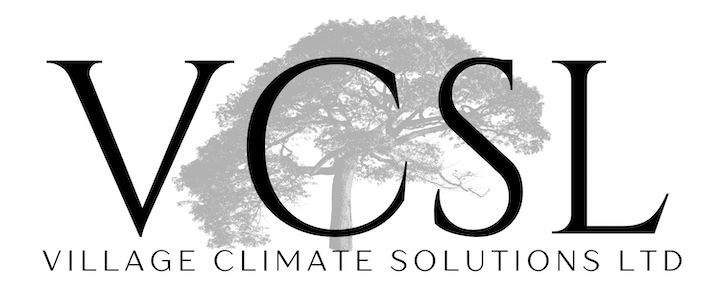The Community
Home > The Community
The Community as Managing Authority and Managers
Approximately 89% of the project area consists of communal land legally vested in Village Councils as corporate entities under the Village Land Act CAP 114.
- Of this, 96% has been designated as Village Land Forest Reserves (VLFRs) under Sections 4(c), 32, 33, and 35 of the Forest Act CAP 323.
- The remaining 4% of village land remains under Village Council authority but lacks formal legal protection.
Reclassified VLFRs and Alternative Management Structures
- Four VLFRs, originally established on village land, have been reclassified and vested in a Municipality or Township under the Land Act of 1999 (CAP 113).
- These forests cover 9.73% of the total project area and are now managed by legally registered Community-Based Organizations (CBOs), consisting of local community members, as agreed upon by the Municipality and Township Authorities.
- A smaller portion (0.94%) of this reclassified land is managed directly by the municipality without formal protection.
Privately Owned and Local Authority Forests
- One forest block covering 172 hectares, previously designated as a VLFR, is now privately owned by the University of Dar es Salaam through a 100-year certificate of occupancy. The university has agreed to delegate its management to a registered CBO.
- Another forest block (0.34% of the total project area) is owned by the Local Authority (Lindi Municipality) as state property under Section 4(b) and Part V of the Forest Act.
The Project Sites
The project spans 66 sites across Nanyumbu, Nachingwea, Mtama, Lindi Municipality, Morogoro, Kilosa, Mvomero, and Mikumi Local Authorities. These include
- 59 Village Councils
- 5 Community-Based Organizations managing forests on municipal and township land
- 1 Local Authority Forest Reserve,
- 1 forest block owned by the University of Dar es Salaam.
The project spans 66 sites across Nanyumbu, Nachingwea, Mtama, Lindi Municipality, Morogoro, Kilosa, Mvomero, and Mikumi Local Authorities. These include
Demographics
The project area consists of 40,051 households, supporting a total population of 166,810 people, including:
- 92,129 females
- 74,681 males
- 91,040 adults
- 74,850 working-age individuals (45% of the total population)
Additionally, 21,115 households (53%) with 71,585 people (43%) reside in sub-villages adjacent to the project area, specifically near the Village Land Forest Reserves.
Village Council and Natural Resource Commitee Members
Data collected from 60 sites in 2024, prior to the local government elections, documented the composition of Village Councils and Natural Resource Committees as follows:
Village Council Members: 1,175 total
- 375 females (32%)
- 802 males (68%)
Natural Resource Committee Members: 720 total
- 226 females (31%)
- 494 males (69%)
Additionally, 73% of these sites had a female leader on the Natural Resource Committee, highlighting the increasing role of women in community-based forest management and decision-making.
Expected Community Impacts
Training:
41,692 females and 34,610 males equipped with improved skills and knowledge in forestry, carbon trade, and conservation agriculture over 40 years.
Employment:
2,911 individuals provided with additional employment opportunities over 40 years.
Income:
An additional $106 million benefiting 92,129 females and 74,681 males over 40 years.
Education:
6,074 girls and 5,590 boys with improved access to secondary and tertiary education over 40 years.
Trial payments to communities
In 2014, 10 participating villages in Lindi received trial payments to test the dividend benefit-sharing model. A total of $167,000 was distributed, with $50,000 allocated for community development and $117,000 divided among the households. This trial payment was extended to 16 additional villages in Mpwapwa and Kilosa, bringing the total to 26 villages. The total payments to all 26 villages amounted to $348,500, of which $121,300 was used for development projects and $227,200 was divided among the households.
First performance-based payment
After the first verification, 8 villages were paid approximately $108,500 based on their performance in reducing deforestation, forest degradation, and increasing carbon stock in their forests. Of this amount, $63,200 was paid as dividends to women and children, $21,500 to men, $19,700 was allocated for community development projects, and $4,100 was spent on forest management.
Community Employment during 2022-2024 Monitoring period
The project funded 773 forest patrols, each involving an average of four participants, 31% of whom were women. Each patrol required approximately eight hours of work per person. Patrol funding contributed an additional TZS 37.66 million to 62 patrol teams, supporting 425 men and 164 women in 62 villages/mitaa. Additionally, the project supported villages in creating a 507 km cutline, employing local community members. Boundary clearing generated additional income of TZS 20.9 million, benefiting 527 men and 39 women across 16 villages.

